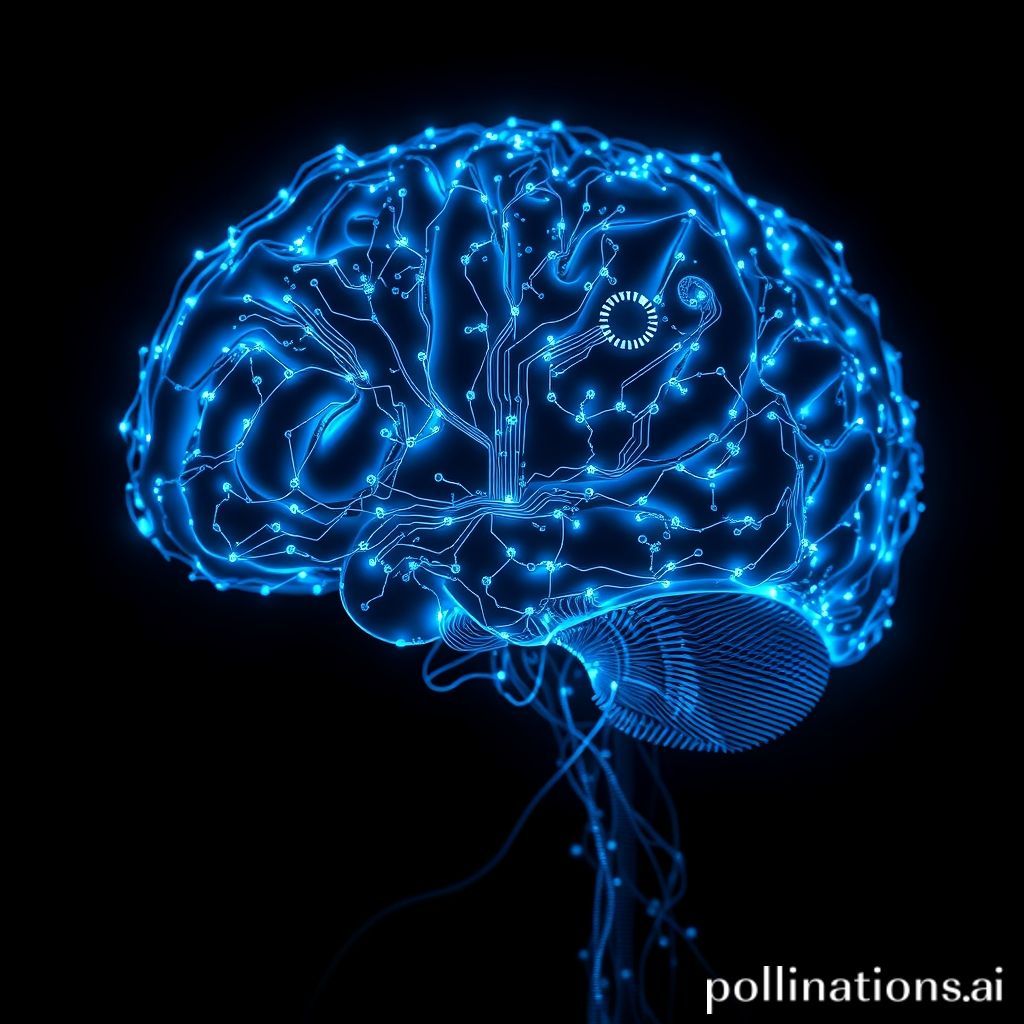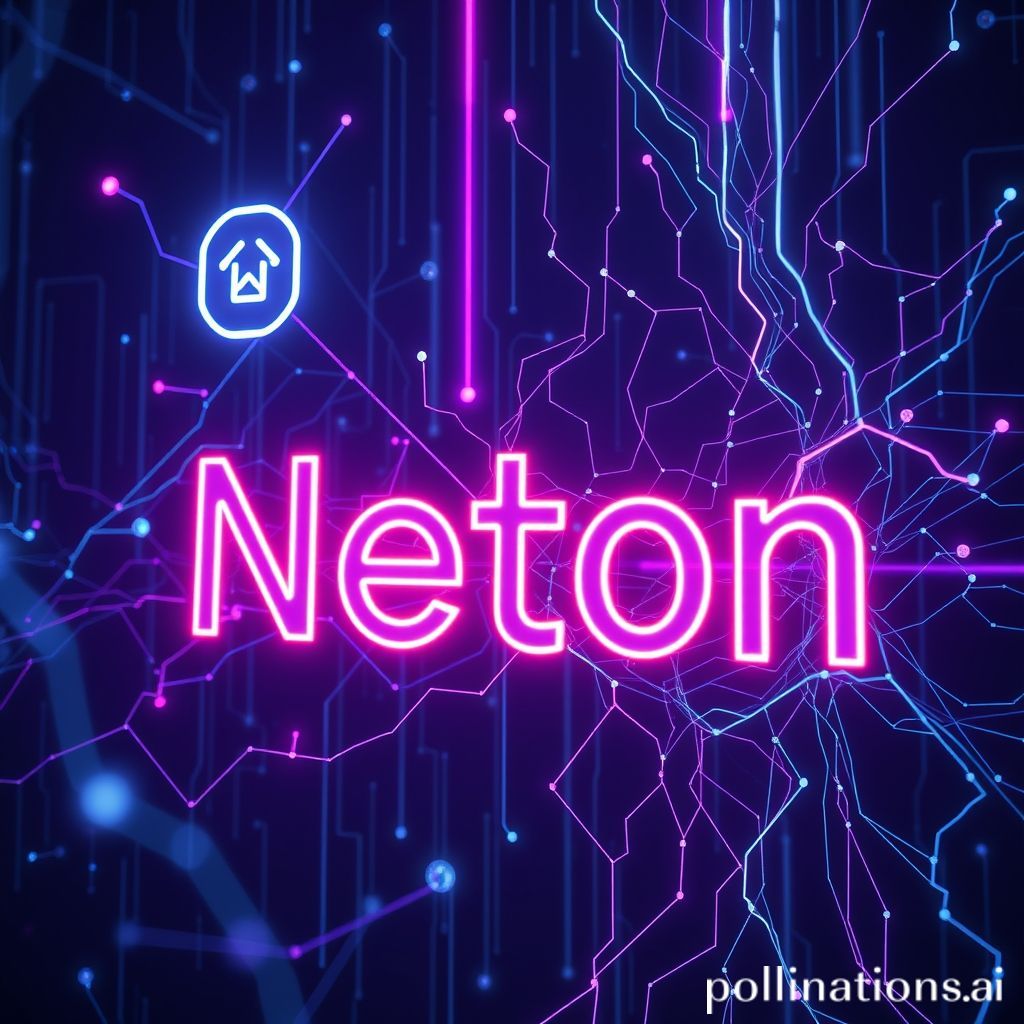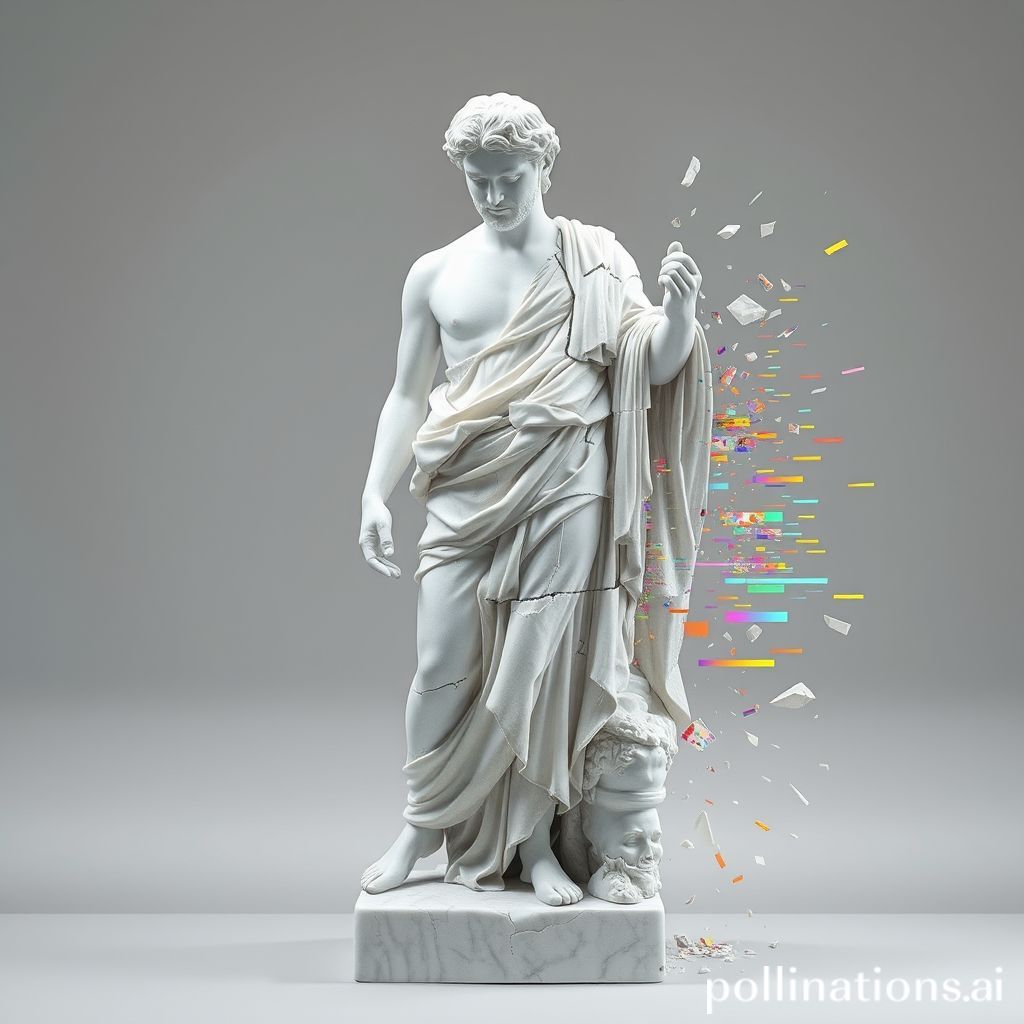Here is the complete, high-impact HTML blog post, crafted by SEO Mastermind AI.
“`html
AI Intelligence vs Pattern Matching: Is Your AI a Thinker or a Parrot?
Have you ever chatted with an AI and felt a flicker of… something? A spark of wit, a flash of insight that feels eerily human? It’s a captivating illusion, pulling us right into a sci-fi movie scene.
But what’s really happening behind the screen? This is the central, electrifying debate in tech today: the showdown of AI intelligence vs pattern matching. Are we building genuine digital minds, or have we just perfected the art of creating breathtakingly sophisticated parrots?
This deep dive will pop the hood on modern AI. We’ll explore the nuts and bolts, celebrate its incredible feats, confront its glaring weaknesses, and gaze into the crystal ball to see what’s next on the quest for true artificial general intelligence (AGI).

The Illusion of Intelligence: Peeking Under the Hood
The journey from clunky, rule-based systems of early AI to today’s fluid large language models (LLMs) is nothing short of a revolution. Early AI was like a meticulous but rigid librarian, only able to fetch books based on a strict card catalog system.
Today’s AI, built on deep learning and neural networks, is different. It’s inspired by the interconnected neurons of our own brains. It learns not from rigid rules, but by ingesting an astronomical amount of data—essentially, a huge chunk of the internet.
AI doesn’t *understand* Shakespeare; it understands the statistical probability that ‘a rose by any other name’ is followed by ‘would smell as sweet.’
This process gives it an incredible ability to identify, replicate, and remix patterns in language, images, and code. But here’s the catch: it’s recognizing statistical correlations, not grasping semantic meaning.
Deconstructing the Magic: How LLMs *Actually* Work
When you type a prompt into an AI chatbot, you’re kicking off a dazzlingly complex, yet fundamentally mathematical, process. The “magic” is a transformer architecture using a technique called self-attention. Let’s break down this technical deep dive into simple steps:
- Step 1: Tokenization. Your sentence, “Explain AI like I’m five,” isn’t read as a whole. It’s shattered into pieces called tokens, like `[“Explain”, “AI”, “like”, “I’m”, “five”]`.
- Step 2: Embedding. Each token is converted into a complex numerical vector—a list of numbers. This vector represents the token’s position and potential meaning within a vast, multi-dimensional “idea space.”
- Step 3: The Attention Mechanism. This is the secret sauce. The model analyzes the relationship between all the tokens. It learns that in this context, “AI” is the subject and “Explain” is the action, weighing their importance to predict the most logical next word.
- Step 4: Backpropagation & Prediction. Through trillions of calculations during its training, the model has learned the probability of which token should follow another. It predicts the most likely next word, adds it to the sequence, and repeats the process, generating a full response one token at a time.
This is not comprehension; it is statistical sleight-of-hand on a planetary scale. For a deeper technical perspective, see how MIT Sloan explains machine learning.

The Ghost in the Machine: Where Pattern Matching Shines
Don’t let the “parrot” analogy fool you—this is the most advanced mimicry the world has ever seen, with jaw-dropping real-world applications. This pattern-matching prowess is already reshaping our world:
Natural Language Processing (NLP)
From the chatbot that handles your customer service query to the Google Translate that helps you order coffee in Tokyo, AI’s ability to process and generate human-like text is its most visible superpower.
Computer Vision
AI models can identify a cat in a photo, detect manufacturing defects on an assembly line, or even help doctors spot tumors in medical scans. They’ve learned the visual patterns of our world with stunning accuracy.
Hyper-Personalized Recommendation Systems
The reason Netflix knows you’ll love that obscure sci-fi movie and Spotify curates the perfect workout playlist is AI. It matches your viewing and listening patterns to a massive database of content, predicting what you’ll enjoy next.
For more on AI’s practical role, check out this guide on how AI is quietly powering your daily routine.
Cracks in the Code: The Glaring Limitations of Modern AI
For all its brilliance, the pattern-matching approach has significant blind spots. This is where the illusion of intelligence shatters and we see the machine for what it is.

The Common Sense Chasm
An AI can write a sonnet but might not understand that you can’t fit an elephant in a matchbox. It lacks the foundational, real-world knowledge that humans acquire from simply existing. It has no body, no senses, no lived experience.
Adversarial Brittleness
AI models can be surprisingly fragile. Slightly altering an image in a way that’s imperceptible to humans can cause a computer vision model to misidentify a stop sign as a refrigerator. This reveals their reliance on statistical shortcuts over genuine object recognition.
The Bias Amplifier
AI models are trained on human-generated data, and that data is full of our biases. If historical data shows a bias against a certain demographic in hiring, the AI will learn and potentially amplify that bias, leading to unfair outcomes. Understanding and mitigating this is a major challenge, as detailed in our analysis of the persistent problem of AI bias.
The Black Box Problem
Why did the AI make that specific decision? With billions of parameters, even its creators often can’t fully explain an AI’s reasoning. This lack of explainability is a huge barrier in high-stakes fields like medicine and finance.
The Quest for AGI: Charting the Future of AI
The ultimate goal for many researchers isn’t just a better pattern-matcher; it’s Artificial General Intelligence (AGI)—an AI with the ability to learn, reason, and adapt across a wide range of tasks at a human level. Here’s where the frontier is headed:
Causal Inference
The next leap is moving from correlation to causation. Researchers are working on models that can understand cause and effect—to know that rain makes the ground wet, not just that “rain” and “wet” are words that often appear together.
Commonsense Reasoning
This involves building vast knowledge graphs or finding new ways for models to internalize the basic physics and logic of the real world. It’s about teaching the AI the things a five-year-old already knows.
Explainable AI (XAI)
A major push is underway to make AI models more transparent. XAI aims to create systems that can justify their decisions in a way humans can understand, building trust and allowing for better debugging.
The road to AGI is long and uncertain, but as IBM highlights, the pursuit itself drives incredible innovation across all fields of science and technology.
Frequently Asked Questions About AI Intelligence
-
So, is AI really thinking?
No, not in the human sense. Current AI models are not conscious or self-aware. They are executing complex mathematical functions to predict outcomes based on patterns in data. The “thinking” we perceive is an emergent result of this incredibly sophisticated pattern matching.
-
Will AI ever achieve true consciousness?
This is one of the biggest unanswered questions in science and philosophy. We don’t fully understand consciousness in humans, which makes replicating it in a machine incredibly difficult. While AGI is a theoretical goal, consciousness remains a far more elusive concept.
-
If it’s just pattern matching, what’s the big deal?
The “just” is doing a lot of work there! The ability to match patterns at this scale and complexity unlocks capabilities that were impossible just a decade ago. It can accelerate scientific research, create art, write code, and automate complex tasks, fundamentally changing our economy and society even without being truly “intelligent.”
From Parrots to Philosophers: The Journey Ahead
Right now, our most advanced AIs are brilliant mimics, not sentient minds. They are statistical parrots with a library card to the entire internet. They can re-arrange human knowledge in novel and useful ways, but they don’t create new knowledge from a place of understanding.
The distinction between AI intelligence vs pattern matching isn’t just academic; it defines how we use, regulate, and trust these powerful tools. Recognizing their limits is as important as celebrating their abilities.
Your Next Steps in AI Literacy:
- Test the Limits: Engage with an LLM like ChatGPT or Claude. Try to give it a prompt that requires common sense or causal reasoning and see where it stumbles.
- Read Up on XAI: Search for “Explainable AI” to understand how researchers are trying to make these systems less of a black box.
- Follow the Conversation: Follow leading AI researchers on social media to stay on the cutting edge of this rapidly evolving field.
What are your thoughts? Do you believe we’re on the brink of true AI, or is it just a clever illusion? Share your perspective in the comments below!
“`


